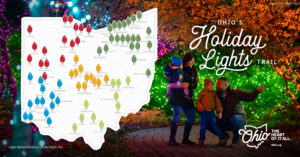Solar eclipse safety and information
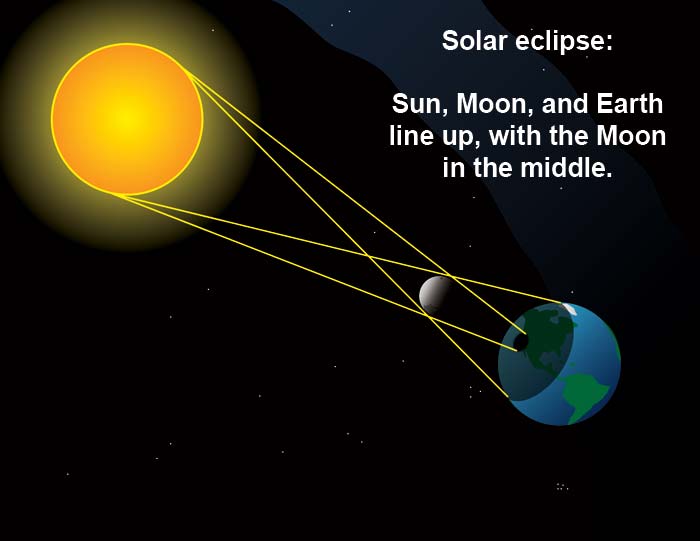
MEIGS COUNTY, Ohio – A rare solar eclipse will darken skies across the county, state and country on Aug. 21, 2017.
The National Weather Service announced times for viewing the solar eclipse will vary across the country, but in Meigs County the height of the eclipse for the Mid-Ohio Valley should be around 2:30 p.m.
What is an Eclipse?
There are two different types of eclipses: solar and lunar.
A lunar eclipse happens at nighttime and occurs when the moon passes through the shadow of the Earth. These types of eclipses are much more common and generally last for a few hours.
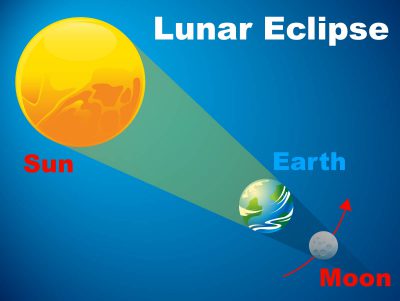
A lunar eclipse is generally viewable in the locations in which it is nighttime. Lunar eclipses occur roughly two to four times per year.
Solar eclipses on the other hand are a rare event to see. Solar eclipses occur when the moon passes in between the Earth and the Sun.
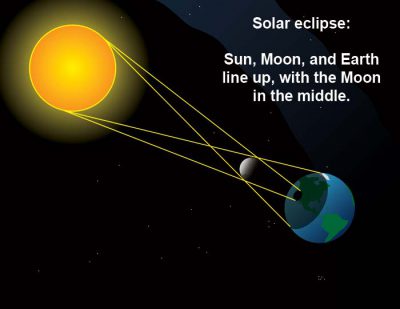
Eclipse safety below will explain the dangerous of viewing a solar eclipse and how to view one safely.
Solar eclipses can be broken up into two categories: Partial and Total. Partial solar eclipse is when the moon does not completely block out the Sun. This is due to there the Moon, Sun, and Earth do not form into a perfectly straight line. A total solar eclipse is what we will experience on Aug. 21, 2017. The Moon, Sun, and Earth will align and the moon will completely cover the sun. Only during this time is it safe to look at the eclipse without any eye protection. This will only last for a few minutes before the Moon moves and the sun will begin to reappear.

This will be the first total solar eclipse on America since 1991. The first solar eclipse to move across the entire mainland of America since 1918. Community and social events are being held across the United States including the Pomeroy location of the Meigs County Library. Beginning at 1 p.m., learn the science behind this magnificent sight and safely view the eclipse at the library after the presentation. Glasses will be available for viewing the eclipse at 2:30 pm.
Eclipse Safety
Safety is a big concern when viewing a solar eclipse. You should NEVER look directly at the sun during an eclipse. Looking directly at the sun is only safe during the few minutes when the sun is at the totality. That will only occur in the very narrow path of about 60 to 70 miles wide from Oregon to South Carolina (see map above).
Viewing a Solar Eclipse
The only way to safely observe a partially eclipsed sun is through special solar filtered glasses. Homemade filters and ordinary sunglasses, are not safe for looking at the Sun. There are several manufactures of eclipse glasses to meet international standards.
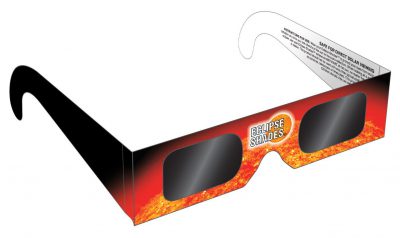
Glasses can be found at various online retailers and are generally inexpensive. Be sure to follow any packaging instructions and supervise children using solar glasses.
If you are looking for a DIY solar eclipse viewer a pinhole projector is a safe but indirect way to view a solar eclipse.
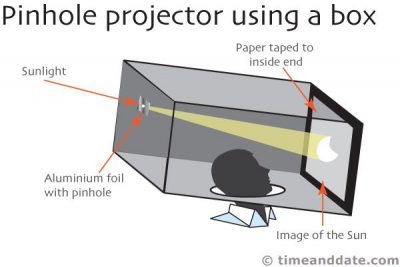
Other ways to view a solar eclipse include, telescopes with a solar filter or welder’s glass #14 or darker.
Images courtesy the National Weather Service.





